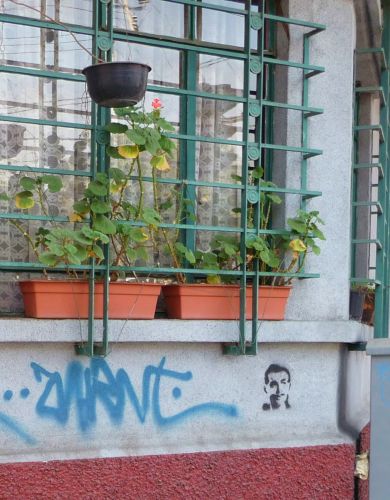If as many people -- myself included -- who profess to have frequented the restaurant Covadonga five or ten years ago, before it became fashionable, were actually telling the truth, it never would have gone out of style. But in fact, in the late 1990s and early 2000s, it was precisely the sort of place, enormous and empty, that you could go to if you had reasons to make sure you didn't run into anyone that you knew.
That has all changed in the last few years. Covadonga -- an old-school Spanish restaurant with a cantina on the ground floor and a white-tablecloth dining room upstairs -- was consecrated by artists and gallery owners, writers, editors, journalists, and media personalities of dubious talents, and the sort of hangers-on who like to be seen in their company (or to at least bask in their tepid glow). On Thursday nights, when for those groups attendance is mandatory, it is so crowded that it is like having a drink on the metro during rush hour.
If you go to Covadonga for lunch, when there are not so many people there, not only is the service much better, but it is actually a more pleasing experience, with the sun streaming in from enormous picture windows, rather than the hideous fluorescent light with which it is illuminated in the evenings. It is on calle Puebla between calles Orizaba and Cordova in the Colonia Roma.



